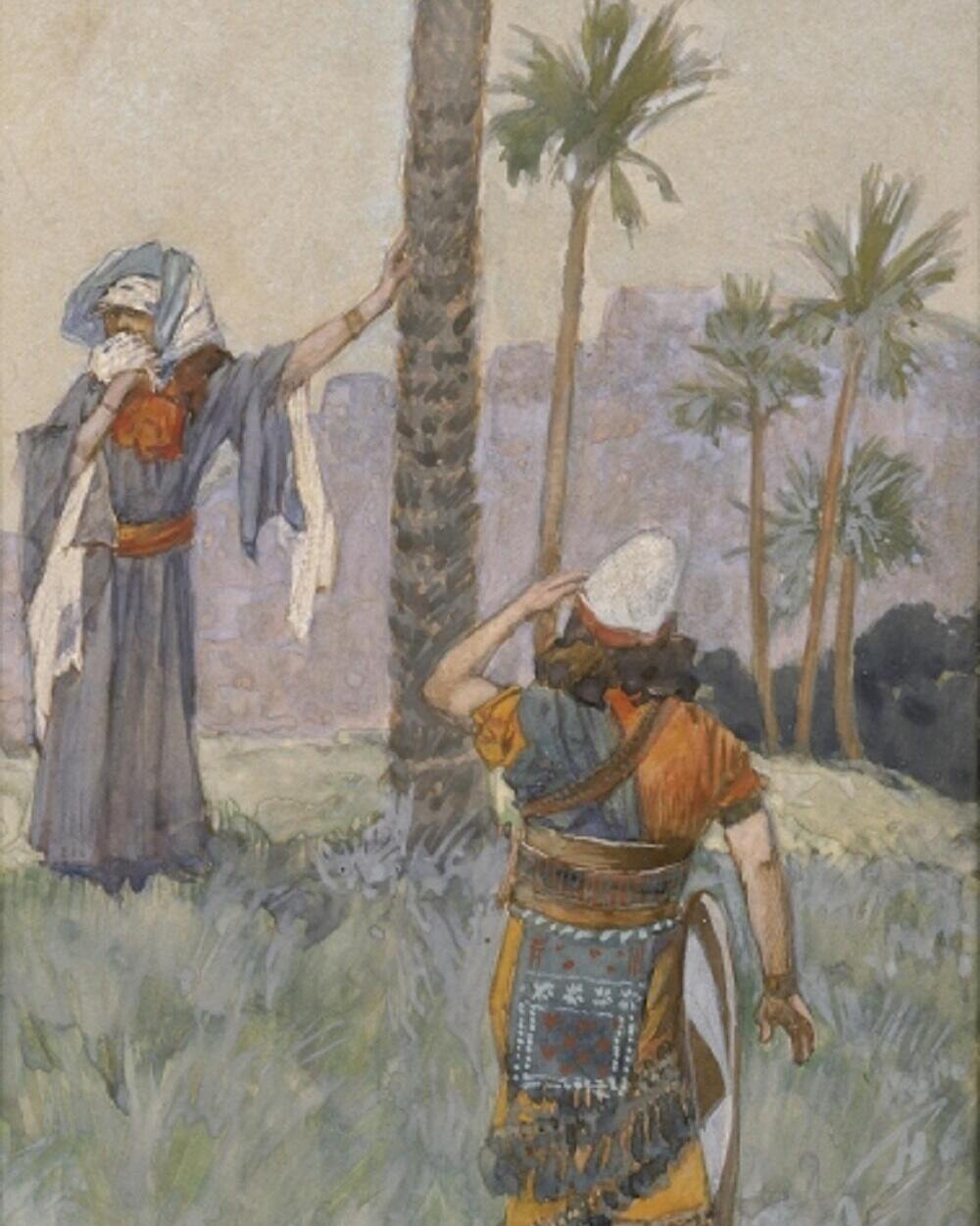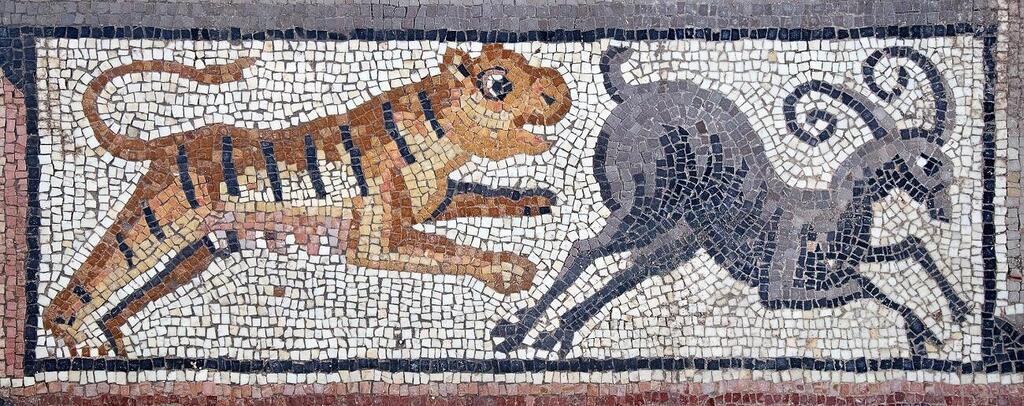A breathtaking mosaic, dating back approximately 1,600 years, has been uncovered during excavations at an ancient synagogue near the Sea of Galilee.
More stories:
The mosaic was discovered by a team of archaeologists led by Prof. Jodi Magness from the University of North Carolina at Chapel Hill, specializing in the archaeology of the regions of Israel and Jordan, with a focus on the Roman, Byzantine, and early Islamic periods.
The newly discovered mosaic consists of a large panel with an enigmatic Hebrew inscription at its center, surrounded by floral decorations. On the sides and beneath the flowers, is an Aramaic inscription that specifies the names of those who contributed to the construction of the ancient synagogue or those who created the mosaic, ensuring their names are remembered in the future.
The floral wreath is surrounded on both sides by lions leaning on their front paws, chasing oxen. The entire mosaic is adorned with illustrations of predators chasing after other animals.
In this summer's excavations, additional sections of the mosaic were revealed, previously discovered in 2012 and 2013. These sections depict the figure of the biblical Samson and a depiction of two pairs of foxes, with torches tied to their tails (corresponding to the description in the Book of Judges, Chapter 15). The mosaic portrays a figure believed to be the twelfth and final judge mentioned in the Book of Judges, carrying the gate of the city of Gaza, and taking it to the top of the hill (as described in the Book of Judges, Chapter 16). The new finding also shows a Philistine warrior and a slain Philistine soldier.
3 View gallery


Deborah the biblical prophetess under a palm tree gazing at Barak son of Abinoam, who is equipped with a shield
(Photo: Wikipedia)
In addition, last year's excavations included a mosaic depicting key figures from Judges 4, including Deborah the biblical prophetess, who was the fourth judge to lead Israel during the period of the Judges, under a palm tree gazing at Barak son of Abinoam, who is equipped with a shield. Another figure present Yael, the wife of Heber the Kenite, known for killing Sisera - commander of the Canaanite army of King Jabin of Hazor - with a tent peg, while the figure of Sisera also appears lying dead on the ground with blood streaming from his head.
According to Jewish belief, during that era, King Jabin of Hazor reigned over Israel through his army Sisera. In the absence of a leader in Israel, the people were subjected to their enemies' oppression. Deborah the prophetess received a command from God to initiate a war against King Jabin, and foretold that Barak son of Abinoam would be victorious in the battle that took place in the Jezreel Valley.
Exhausted, Sisera fled on foot and found refuge in the tent of Yael, the wife of Heber the Kenite. Sisera requested water from Yael, and she gave him milk instead. While he slept, she killed him by driving a tent peg through his head. In fact, the figures depicted in the mosaic represent the earliest known descriptions of the biblical heroines Deborah and Yael.
The archaeological project, led by Prof. Magness since 2011, has left a unique legacy of findings with significant historical significance. Among them is an inscription in Hebrew surrounded by human figures, animals, and mythological creatures, including a putto figure - a chubby male child, usually naked and very often winged, that in art represents the god of love (Eros in Greek mythology and Cupid in Roman mythology).
Additionally, there are art pieces documenting the encounter between Alexander the Great and Jaddus the High Priest - two of the spies sent by Moses to explore the land of Canaan - carrying a staff with a cluster of grapes (a reference to the sin of the spies in the Book of Numbers, Chapter 13), and a man with an animal next to the inscription "A little child shall lead them" (from the Book of Isaiah, Chapter 11). There are also depictions of animals identified by an Aramaic inscription as the four animals representing four kingdoms (in the Book of Daniel, Chapter 7), the biblical site of Elim where the Israelites camped during their wilderness wanderings, near the 12 springs and 70 palm trees (as described in the Book of Exodus, Chapter 15), and more.



